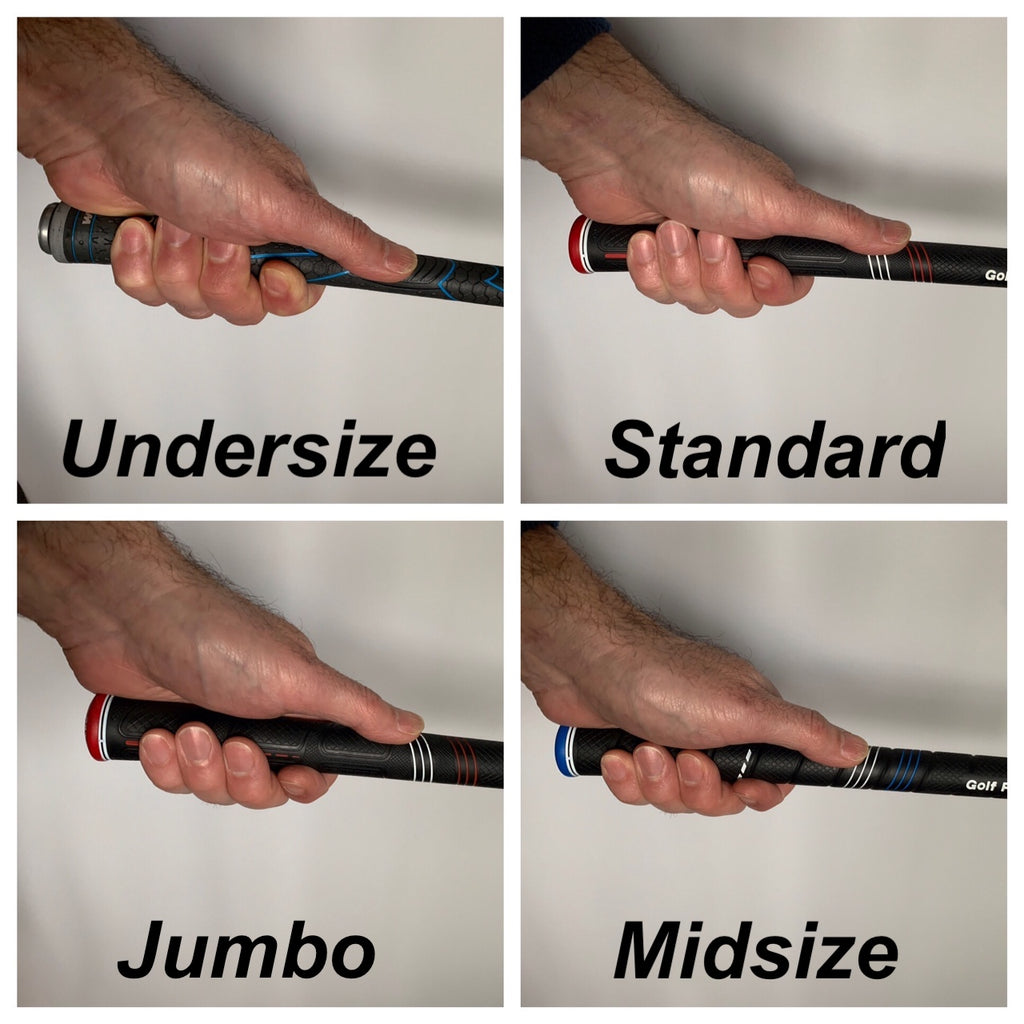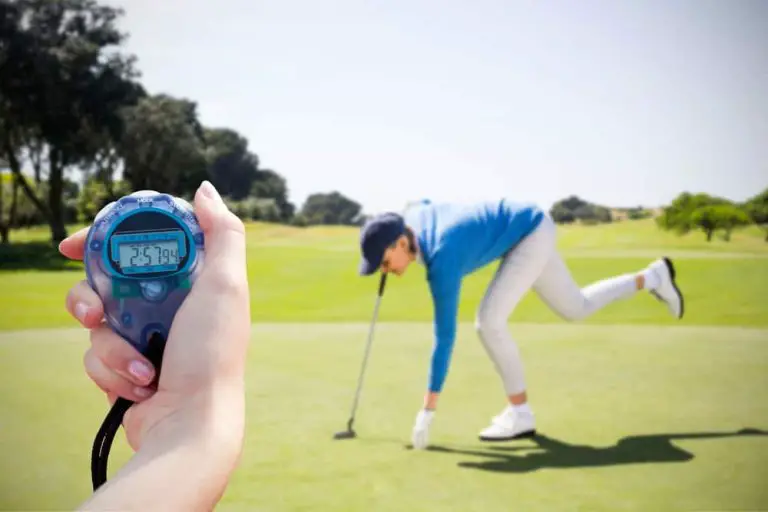What Size Golf Grips Do I Need

Are you unsure about what size golf grips you need for your clubs? The right grip size can make a significant difference in your golf game, affecting your comfort, control, and overall performance on the course. With so many options available, finding the perfect grip size can seem like a daunting task. But fear not! In this comprehensive guide, we will walk you through everything you need to know about selecting the right size golf grips.
Having the correct grip size is crucial because it directly impacts how you hold and swing the club. A grip that is too small can cause tension and lead to erratic shots, while a grip that is too large can hinder your ability to release the club properly. By understanding the factors involved and making an informed decision, you can optimize your grip and take your game to the next level.
In this guide, we will explore how to determine the right golf grip size for you. We will discuss hand measurements, grip sizing charts, and personal preferences. We will also delve into the various factors to consider when choosing grip size, such as hand size, grip pressure, and control.
So, if you’re ready to find the perfect fit and enhance your golfing experience, let’s dive into the world of golf grip sizes and discover what size golf grips you need for optimal performance.

Understanding the Significance of Choosing the Correct Grip Size
Grip size plays a vital role in your golf game. The right grip size can enhance your comfort, allow for better control of the club, and ultimately improve your shot consistency. On the other hand, using an incorrect grip size can lead to discomfort, lack of control, and inconsistent ball striking.
How Does Grip Size Impact Your Game?
The size of your golf grips influences various aspects of your swing mechanics and shot shape. A grip that is too small can result in excessive hand action, leading to inconsistent shots and potential loss of control. Conversely, an oversized grip may restrict proper hand release, affecting shot finesse and feel.
Now, let’s dive into the details of determining the right golf grip size for you.
How to Determine the Right Golf Grip Size for You
Finding the right golf grip size involves a combination of hand measurements, grip sizing charts, and personal preferences. By considering these factors, you can make an informed decision that maximizes your comfort and control on the course.
Hand Measurements and Grip Sizing Charts
To determine the appropriate grip size, you can start by measuring your hand size. Two key measurements are the length and width of your hand. By referencing grip sizing charts provided by manufacturers, you can match your hand measurements to the corresponding grip size.
It’s important to note that grip sizing charts may vary slightly between manufacturers, so it’s a good idea to consult the specific chart provided by the grip manufacturer you’re considering.
Consideration of Personal Preferences and Feel
While hand measurements provide a helpful starting point, personal preferences and feel should also be taken into account. Some golfers may prefer a thicker grip for added stability, while others may prefer a thinner grip for better shot control. Experimenting with different grip sizes and seeking feedback from professionals or experienced golfers can help you determine your ideal grip size.
Now that we’ve covered the basics of determining the right grip size, let’s explore the key factors to consider when making your decision.
Factors to Consider When Choosing Golf Grip Size
Several factors come into play when selecting the appropriate grip size for your hands. By considering these factors, you can make an educated decision that suits your unique needs and preferences.
Hand Size and Grip Circumference
The size of your hands and the circumference of your grip go hand in hand. Golfers with smaller hands may find that undersized grips provide a more comfortable and controlled grip. Conversely, golfers with larger hands may benefit from oversized or midsize grips, which offer a more secure hold and increased stability.
Remember that grip size is not solely determined by hand size but also by how the grip feels in your hands. Comfort and control are paramount, so be sure to try different grip sizes to find the one that feels best for you.
Grip Pressure and Control
Your grip pressure, or how tightly you hold the club, also affects the choice of grip size. Golfers with a light grip pressure may find that thinner grips provide the necessary feel and control. On the other hand, golfers with a firmer grip pressure may benefit from thicker grips, which offer a more secure and stable grip.
By considering your grip pressure and the level of control you desire, you can select a grip size that complements your playing style.
Now that we have a better understanding of the factors to consider when choosing grip size, let’s explore the potential effects of using an improper grip size.
Effects of Incorrect Golf Grip Size
Using an improper grip size can have a significant impact on your game. It’s important to be aware of the potential effects and understand the importance of selecting the right grip size for optimal performance.
Comfort and Control Issues
Using grips that are too small or too large for your hands can lead to discomfort, pain, or fatigue during your round. The improper grip size may cause your hands to work harder, leading to decreased shot control and potential swing inconsistencies. It’s crucial to prioritize comfort to ensure a more enjoyable and successful golfing experience.
Swing Mechanics and Shot Inconsistency
An incorrect grip size can negatively affect your swing mechanics and shot consistency. If the grip is too small, it can promote excessive hand action, resulting in inconsistent shots and potential loss of control. Conversely, an oversized grip may restrict proper hand release, leading to a lack of shot finesse and feel.
By using the appropriate grip size, you can optimize your swing mechanics and achieve more consistent and accurate ball striking.
Now that we’ve covered the potential effects of an improper grip size, let’s explore the different grip sizes and their characteristics.
Different Grip Sizes and Their Characteristics
Golf grips come in various sizes, each with its own unique characteristics. Understanding the different grip sizes can help you make an informed decision based on your hand size, preferences, and playing style.
Undersized Grips
Undersized grips, also known as undersize or ladies’ grips, have a reduced circumference. These grips are suitable for golfers with smaller hands or players seeking greater shot control. The reduced size allows for a lighter grip pressure, which can promote better feel and touch. However, golfers with larger hands may find undersized grips uncomfortable or unstable.
Standard Grips
Standard grips are the most common grip size and provide a balanced feel for many golfers. They offer a middle-of-the-road option in terms of size and can accommodate a wide range of hand sizes. Standard grips strike a balance between comfort and control, making them a popular choice for golfers of all levels.
Midsize Grips
Midsize grips have a slightly larger circumference compared to standard grips. They are ideal for golfers with larger hands or those seeking more stability in their grip. The increased size of midsize grips can help reduce grip pressure and promote a smoother swing. However, golfers with smaller hands may find midsize grips more challenging to maneuver.
Oversized Grips
Oversized grips, also known as jumbo grips, have a larger circumference compared to standard grips. They are designed for golfers with very large hands or those looking for maximum stability. The increased size of oversized grips can help reduce hand action and provide a more secure hold. However, golfers with smaller hands may find that oversized grips compromise shot finesse and feel.
It’s important to note that grip size is a personal preference, and what works for one golfer may not work for another. Trying out different grip sizes and seeking professional advice can help you determine the ideal grip size for your game.
Conclusion
Choosing the right grip size is essential for optimal comfort, control, and performance on the golf course. By considering factors such as hand size, grip circumference, and personal preferences, you can select the grip size that suits you best. Remember, grip size directly influences your comfort, swing mechanics, and shot consistency, so finding the perfect fit is crucial.
If you’re unsure about the right grip size, consult with a professional club fitter or visit your local golf shop, where experts can provide guidance and recommendations based on your unique needs. With the right grip size, you can enhance your golfing experience and take your game to new heights.





